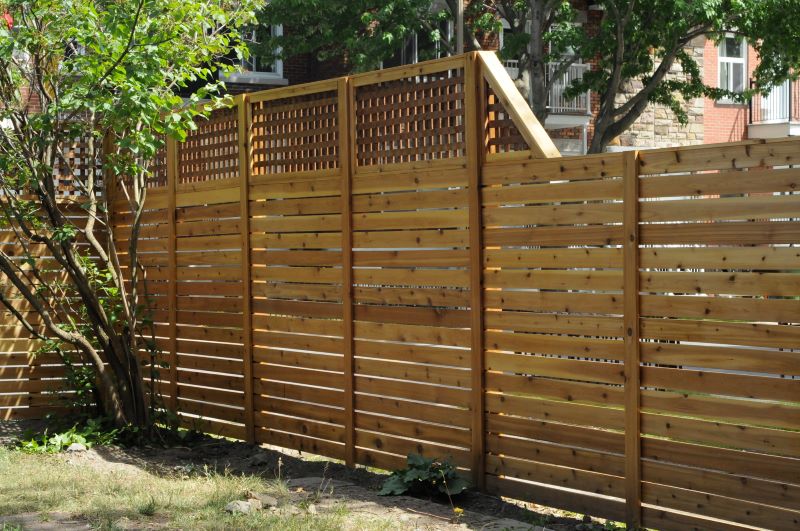Over the years, timber crates have transcended their original purpose of shipping goods. They have found versatile applications, including in construction.
Timber is well known for its exceptional strength, cost-effectiveness, aesthetic appeal, and eco-friendliness. As such, timber crates can be repurposed as functional and decorative elements in exterior and interior spaces. Forward-thinking designers and architects have harnessed the potential of these crates, leading to the creation of innovative timber crate-inspired decor.
This article will explore the incredible ways experts have used timber crates in construction projects.
1. Load-bearing walls
Timber packing crates can be repurposed as cost-effective building structure components. Timber has a high compressive strength. When strategically reinforced and stacked, the crate slats can support significant weight. They can be load-bearing walls in small structures like workshops, sheds, or temporary event structures.
Also, timber adds a unique industrial aesthetic to the space, offering a distinct and appealing visual element that contrasts with traditional building materials. Essentially, timber slats contravene standard construction practices, encouraging innovation.

2. Architectural features
Timber crate slats can be used to create vaulted ceilings and curved walls. These decorative elements add an unmistakable flair to a space. It’s a welcome shift from the usual straight lines and flat surfaces.
Using timber slats to design ceilings that dip and soar creates a sense of magnificence. Vaulted ceilings also make the space more open and boost the interior’s aesthetics. The same can be said of curved walls.
3. Pop-up shops
Pop-up shops are temporary establishments set up to achieve particular sales goals. They originated from the Vienna December market back in 1298, which means they are a timeless sales strategy.
Timber crates can be used to make sturdy pop-up shops, and they’re easy to assemble and disassemble. They are ideal for events, festivals, and urban spaces. Their natural, rustic look can also attract customers.
4. Planters
Greenery is essential in a built environment. It leaves a place breathtaking and helps people feel relaxed. It also helps in air purification. A study reveals that a vertical greenery wall saved electricity consumption for air conditioning by up to 16%.
Timber crates can be used to build raised garden beds and planters. This is especially useful for those with tiny gardens. You can place such planters on the patio, rooftop, or driveway. You can also arrange the crates strategically to build vertical gardens and increase yields.
This approach also gives city dwellers the opportunity to participate in gardening, promoting environmental awareness and sustainability.
5. Cladding for walls, ceilings, and floors
Interior cladding gets an interesting twist with timber crate slats. Their rustic nature blended with your modern home’s finish is simply charming. Moreover, it makes a bold statement of your commitment to repurposing and sustainability.
Timber adds texture and depth to your home’s decor. With a well-thought-out design, the intrinsic patterns and vibrant hues can bring an element of the outside to the inside, cultivating a connection with nature. Ultimately, you transform ordinary spaces into magnificent ones without overspending.
6. Furniture pieces
You can creatively repurpose timber crates into furniture pieces—shelves, inbuilt wardrobes, street furniture, seats, etc. With a widespread demand for sustainable living, the ongoing interest in timber furniture has only been amplified. Sustainability is a major concern in today’s construction industry, with a recent survey reporting that 47% of professionals acknowledge this.
The good thing about using crates is it allows you to customize furniture. You can create unique configurations not found anywhere else. Apart from their functional aspects, they can also serve as decorative elements, enhancing the ambiance of a space.
7. Partitioning element
Partitioning your interiors using timber crates is an ingenious way to create distinct areas without permanent structural alterations. Open-plan offices have particularly benefited from these temporary partitions. Arranging timber crates around workstations provides a balance between privacy and openness, which helps improve productivity.
Moreover, you can rearrange the crates whenever you want to, allowing your space to quickly adapt to changing needs. This flexibility ensures that the work environment remains dynamic and conducive to evolving work styles—ultimately contributing to a healthier indoor environment.
Conclusion
Timber crates have successfully proven their versatility and aesthetic appeal. You can creatively use them in modern construction projects, as detailed above. It calls for designers, architects, and builders to think beyond traditional materials, embrace the unconventional, and come up with inspiring ideas.
It’s crucial to procure timber crates that are still in sound condition. Avoid poor-quality ones with rotting or weak members. With creativity, you can transform your construction projects with these cost-effective and sustainable options.

